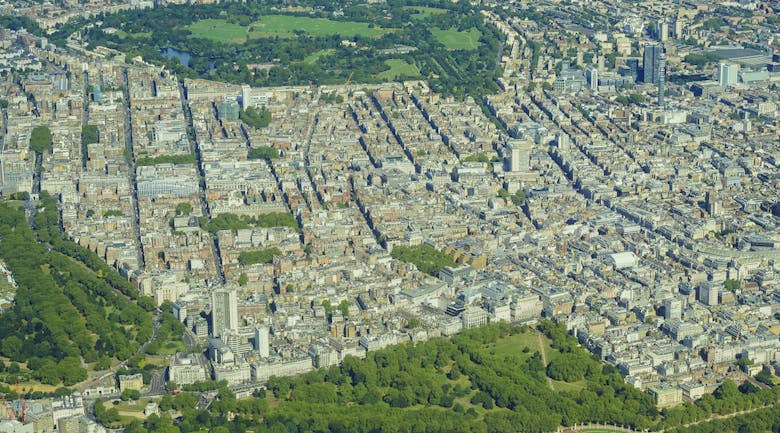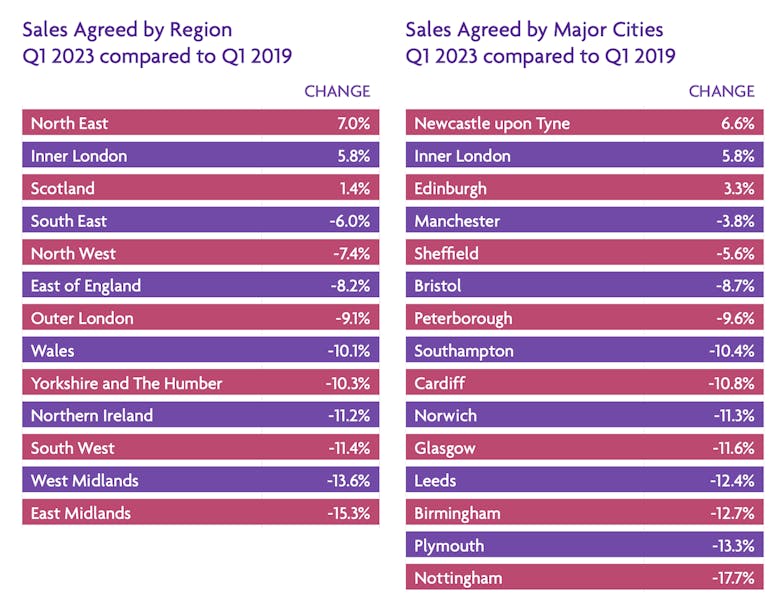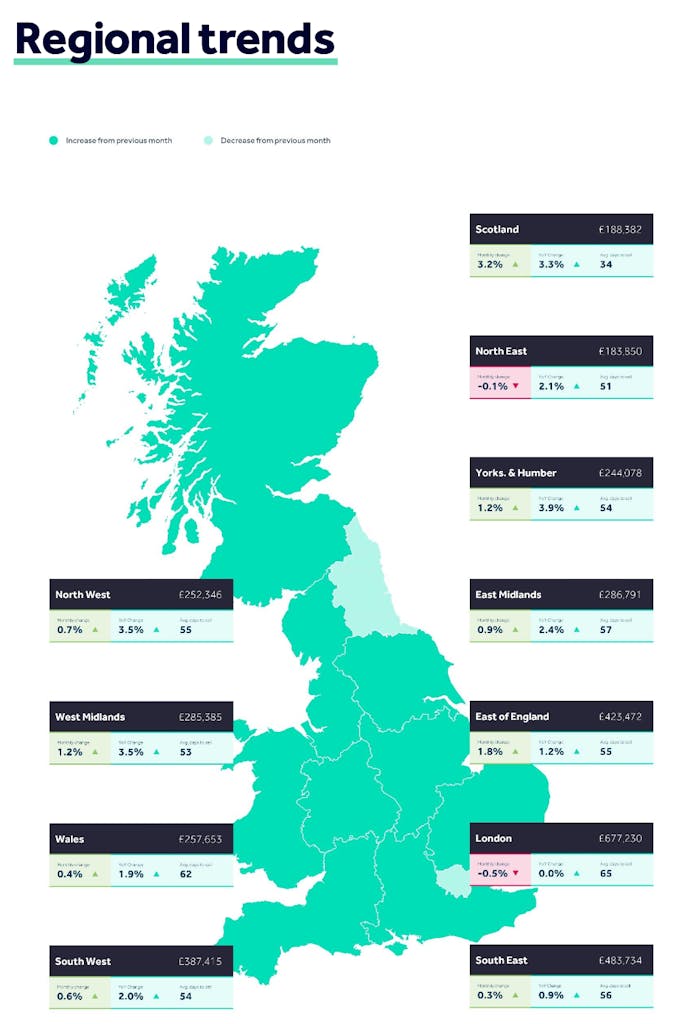The Market
Market Snapshot: Prime regional house prices ‘begin to stabilise’
'Buyers are not feeling the same sense of urgency that they felt last year,' says says Frances McDonald of Savills Residential Research;' they’re more cautious and are happy to bide their time.'
Buyers & sellers spring into action as London market thaws
31-branch agency Chestertons saw a 22% uplift in buyer enquiries last month, and brought 30% more properties onto the market.
Between the Lines: Why you should handle house price data with care
Conflicting signals in recent months have highlighted the pitfalls of relying too heavily on house price indices, says Tom Bill.
‘What we are now experiencing may simply mark the start of the ‘new-norm’, says buying agency
But Garrington expects "further mixed conditions" and a lots more "dramatic headlines" in the coming weeks and months.
How much residential space can you rent for $2,000 a week around the world?
'Most of these 25 cities have outperformed 2019 rental values and look set to continue growing this year,' says Savills.
Trendwatch: Millennial renters advance to Mayfair
These days, nearly half of tenants in the historic PCL district are aged 29 and under, new data shows.
Major bank expects UK house prices to fall 10% this year
Santander has reported a 37% drop in mortgage applications in the last quarter.
UK resi market proving robust in face of ‘significant and determined headwinds’
Stable or upside scenarios have started to look more credible, says TwentyCi.
Resi land values soften amid housing market uncertainty
The market backdrop remains challenging, but there are some early signs that activity is picking up.
Confidence amongst top-end home-movers has bounced back to where it was in early 2022
Savills has surveyed 1,200 prospective prime property buyers and sellers to see how attitudes have shifted in the last year.
No fines have been issued for failing to comply with the Register of Overseas Entities, yet
But the government says it is "currently building cases against companies who have failed to register by the deadline, working with law enforcement to prioritise action against the most egregious offenders.
Asking prices nudge upwards as deal numbers recover
The property market is showing "unseasonal pricing restraint", says Rightmove as the average UK asking price rises by just 0.2% in the last month.











